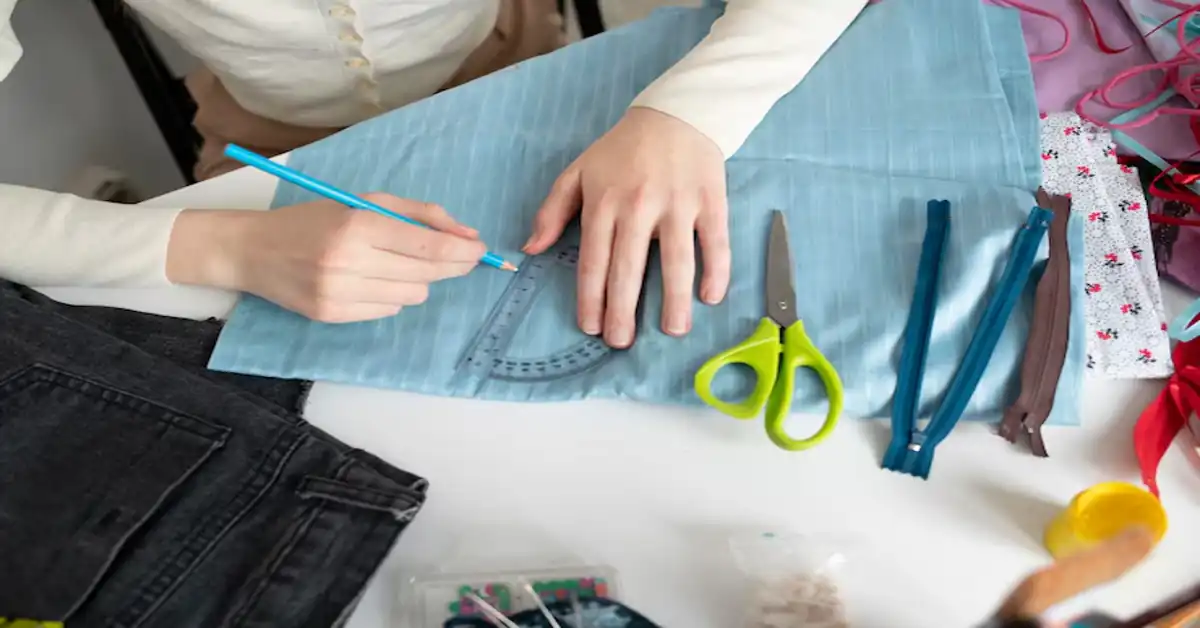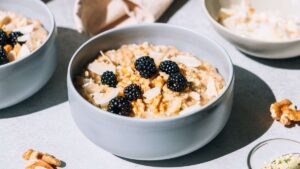In the world of textiles and garment construction, seams—referred to in German as Nahttypen—play a fundamental role. Whether it’s in fashion design, upholstery, sportswear, or industrial textile manufacturing, understanding the different types of seams is essential for both functionality and aesthetics. Each seam type serves a specific purpose and is chosen based on factors like durability, flexibility, appearance, and the type of fabric used.
This article explores the various Nahttypen (seam types), their applications, advantages, and how they contribute to the overall structure and style of a garment or product. Whether you’re a designer, sewing enthusiast, or textile engineer, this comprehensive guide will deepen your understanding of seam construction and their critical importance.
What Are Seams (Nahttypen)?
A seam is the line where two pieces of fabric are joined together. It is typically created using a sewing machine or by hand stitching. Seams not only hold fabric pieces together but also shape the final product, influence its drape, and contribute to its strength and durability.
In German, “Naht” means “seam” and “Nahttypen” means “seam types.” The right choice of Nahttyp (singular) depends on several factors:
- The purpose of the finished product
- Fabric type and weight
- Aesthetic considerations
- Strength and durability requirements
- Washing and care instructions
Why Seam Types Matter
Understanding seam types is more than just a technical exercise. Here’s why seam selection is critical:
- Functionality: A seam needs to withstand wear and tear, especially in high-stress areas like shoulders or knees.
- Comfort: Seams that are bulky or improperly placed can cause discomfort.
- Aesthetics: The visibility and type of seam affect the overall appearance of the product.
- Efficiency: The seam type can influence the speed and cost of production, especially in mass manufacturing.
Common Seam Types (Nahttypen) and Their Applications
Below are the most commonly used seam types, both in German and English, along with their characteristics and common use cases.
1. Plain Seam (Geradnaht / Einfache Naht)
Description:
The most basic and widely used seam. Two fabric pieces are placed right sides together and sewn along the edge.
Applications:
- Everyday clothing
- Interior textiles
- Simple projects
Advantages:
- Easy to sew
- Suitable for most fabric types
- Clean finish when pressed open
Disadvantages:
- Not particularly strong for stress-prone areas
- Raw edges need to be finished (with overlock or zigzag)
2. French Seam (Französische Naht)
Description:
A double-stitched seam that encloses raw edges within the seam itself, creating a neat interior.
Applications:
- Lightweight and delicate fabrics (silk, chiffon)
- High-end garments
- Lingerie and fine blouses
Advantages:
- Elegant finish inside and out
- No need for serging
- Great for sheer fabrics
Disadvantages:
- Time-consuming
- Adds bulk if used with thick fabrics
3. Flat-Felled Seam (Kappnaht)
Description:
A strong, durable seam where one seam allowance is folded under and stitched down, enclosing all raw edges.
Applications:
- Jeans and denim garments
- Workwear and uniforms
- Sportswear
Advantages:
- Extremely strong and durable
- Neat appearance on both sides
- Resistant to fraying
Disadvantages:
- Labor-intensive
- Slightly reduces fabric flexibility
4. Overlocked Seam (Overlocknaht / Versäuberungsnaht)
Description:
Also known as a serged seam, it uses an overlock machine to stitch over the fabric edge, cutting off excess and preventing fraying.
Applications:
- Knitwear
- Stretch garments
- Ready-to-wear fashion
Advantages:
- Fast and efficient
- Ideal for stretchy materials
- Provides a clean, professional finish
Disadvantages:
- Requires special equipment
- Can unravel if thread breaks
5. Bound Seam (Eingefasste Naht)
Description:
A seam where raw edges are enclosed with a bias tape or other binding.
Applications:
- Outerwear
- Decorative edges
- High-end or bespoke tailoring
Advantages:
- Decorative and functional
- Prevents fraying
- Adds design detail
Disadvantages:
- Requires additional material
- More time-consuming
6. Lapped Seam (Überlappte Naht)
Description:
One fabric edge overlaps another and is stitched down. Often used for thick or non-fraying materials.
Applications:
- Leather or suede garments
- Raincoats
- Technical textiles
Advantages:
- Minimal bulk
- Suitable for heavy or stiff fabrics
- Decorative potential
Disadvantages:
- Not suitable for fraying fabrics unless edge-finished
- Limited flexibility
7. Double-Stitched Seam (Doppelte Naht / Doppelnäht)
Description:
Two parallel rows of stitches reinforce the seam line.
Applications:
- Sportswear
- Durable children’s clothing
- Decorative topstitching
Advantages:
- Extra strength
- Can be decorative
- Suitable for activewear
Disadvantages:
- Requires precise alignment
- More thread usage
Choosing the Right Seam Type
Selecting the appropriate Nahttyp depends on several variables. Here’s a simplified guide:
| Factor | Recommended Seam Types |
| Delicate fabrics | French Seam |
| Stretch fabrics | Overlocked Seam |
| High-stress areas | Flat-Felled Seam, Double-Stitched Seam |
| Aesthetic finish | Bound Seam, French Seam |
| Speed and mass production | Overlocked or Plain Seam |
| Water resistance | Lapped Seam with sealant |
Special Considerations in Seam Construction
Seam Allowance (Nahtzugabe):
The extra fabric beyond the stitching line that allows the seam to be made. Typical allowances range from 0.5 cm to 1.5 cm.
Seam Finishes (Nahtverarbeitung):
- Zigzag stitch for fray prevention
- Overlock for clean, professional edges
- Bias binding for decorative finishes
Seam Direction:
Seams should always be pressed properly—either open or to one side—depending on the seam type and fabric.
Technological Advances in Seam Construction
Modern manufacturing has introduced innovations such as ultrasonic welding, thermosealing, and laser bonding—especially in performance apparel and technical textiles. These methods create seams without stitching, enhancing water resistance and reducing bulk.
Examples:
- Rain jackets with heat-sealed seams
- Seamless athleticwear
- Medical garme
Conclusion
Seams—or Nahttypen—are more than just functional elements in clothing or textile products. They are integral to the design, strength, and style of a garment. Understanding the different types of seams empowers designers and makers to choose the best technique for their fabric and purpose, whether it’s for luxury fashion, rugged workwear, or innovative sports gear.
Mastering seam types also leads to better craftsmanship, more durable products, and creative possibilities in design. So next time you’re sewing or evaluating a piece of clothing, take a closer look at the seams—they tell a story of purpose, precision, and thoughtful construction.



